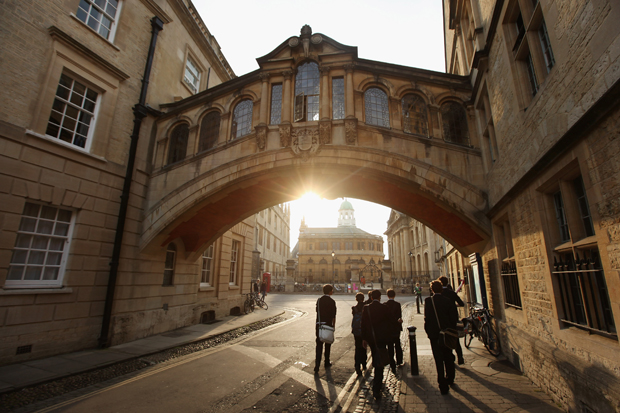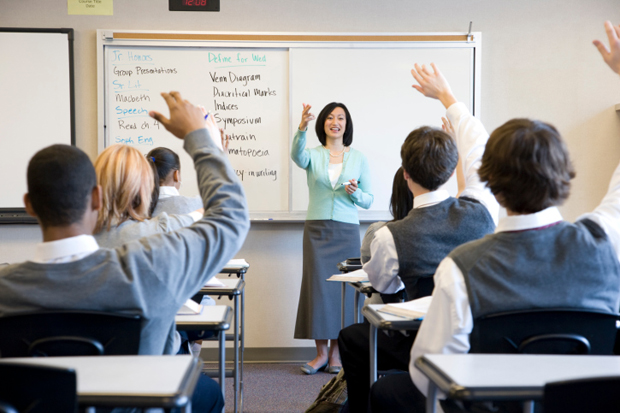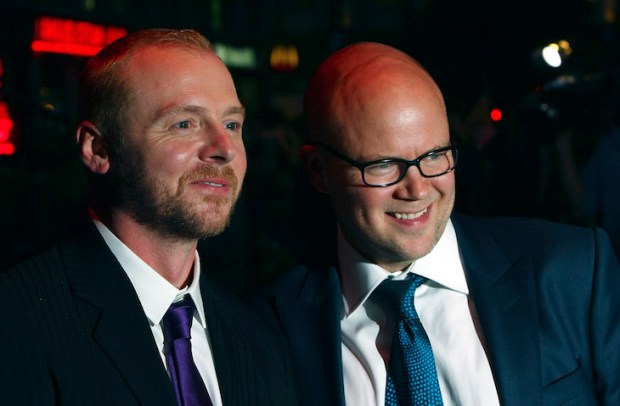David Cameron can be a frustrating figure at times. He wrote an article for the Sunday Times this week in which he drew attention to the under-representation of disadvantaged students in Britain’s universities, which he was quite right to do. But he is wrong about the ethnicity of those students and wrong about where the problem lies. It’s working-class white boys who fare the worst, not black boys, and when it comes to broadening access, the track record of our tertiary education sector is pretty good. It’s state schools that could be doing more.
First, a few facts. If you broaden the definition of non-white Britons to encompass all ethnic minorities, including British Asians, they’re significantly more likely to go to university than white Britons, according to an Institute of Fiscal Studies report published last year. That report found that Chinese pupils in the lowest socio-economic quintile are 10 per cent more likely to go to university than white British pupils in the highest quintile. The weakest performers are not black pupils, but white Britons in the lowest quintile. They’re 10 per cent less likely to participate in higher education than any other ethnic group.
Overall, 20 per cent of British students at UK universities are BME (black or minority ethnic), which is significantly higher than the percentage of the population that’s BME — 13 per cent, according to the 2011 Census. The figure for Russell Group universities is marginally lower — 18 per cent — and Oxford lower still, at around 14 per cent. But that figure is the same as the Russell Group average if you strip out London universities. True, black students are under–represented at Oxford and the success rate of black applicants is below average, but that’s largely because so few apply — only 281 last year, out of 11,729 applicants in total. And those who do tend to apply for the most oversubscribed subjects like law, medicine and PPE.
Oxford spends over £6 million a year on outreach programmes target-ed at disadvantaged groups, and the university takes contextual data into account — such as the quality of school the applicant goes to — when deciding whom to interview and whom to make offers to. But the university doesn’t flag applicants’ ethnicity, partly because that’s legally problematic. Having said that, there’s no evidence that BME students are under-represented among the 10 per cent of British Oxford undergraduates from the most disadvantaged households. On the contrary, they’re over-represented. It’s white boys from these households who are almost unheard of at Oxford.
The same is true of Cambridge. I appeared on Channel 4 News earlier this week to discuss this issue and a Cambridge graduate called Tony emailed me to say that in the three years he spent there, he never met a single white working-class student. ‘I am from Bermondsey and I never met one student at Cambridge who was authentically working class,’ he wrote. That’s anecdotal, but it’s borne out by other stories I’ve been told by the handful of white working-class boys who’ve made it to Oxbridge.
According to a report published last year by the Equalities and Human Rights Commission, poor white boys are the lowest-achieving group in Britain, with just 28 per cent getting five GCSEs at grade C or above, including English and maths, in 2013. That was lower than poor Pakistani boys and poor black Caribbean boys (who were, until recently, the worst performers). By contrast, 74 per cent of Chinese boys on free school meals hit that target, and poor Chinese girls are the highest-achieving group in Britain.
The Prime Minister talked about ‘ingrained, institutional and insidious’ attitudes being partly responsible for the under-representation of disadvantaged groups at top universities, but if he meant racism directed at non-whites, he is mistaken. Inverse racism, whereby academics interviewing applicants from deprived backgrounds are more likely to be favourably disposed towards non-whites than whites, may be closer to the mark.
The real problem, though, is that poor white boys underachieve at school from the age of four onwards. There are lots of reasons for this and most are beyond the scope of the state to do much about, but schools could be doing more. What’s needed is a co-ordinated effort by the Department for Education, local authorities, academy groups and school leaders to raise the attainment of this group. Plenty of powerful people speak up for black boys, now including the Prime Minister. No one speaks up for poor white boys.
Got something to add? Join the discussion and comment below.
Get 10 issues for just $10
Subscribe to The Spectator Australia today for the next 10 magazine issues, plus full online access, for just $10.
You might disagree with half of it, but you’ll enjoy reading all of it. Try your first month for free, then just $2 a week for the remainder of your first year.















Comments
Don't miss out
Join the conversation with other Spectator Australia readers. Subscribe to leave a comment.
SUBSCRIBEAlready a subscriber? Log in